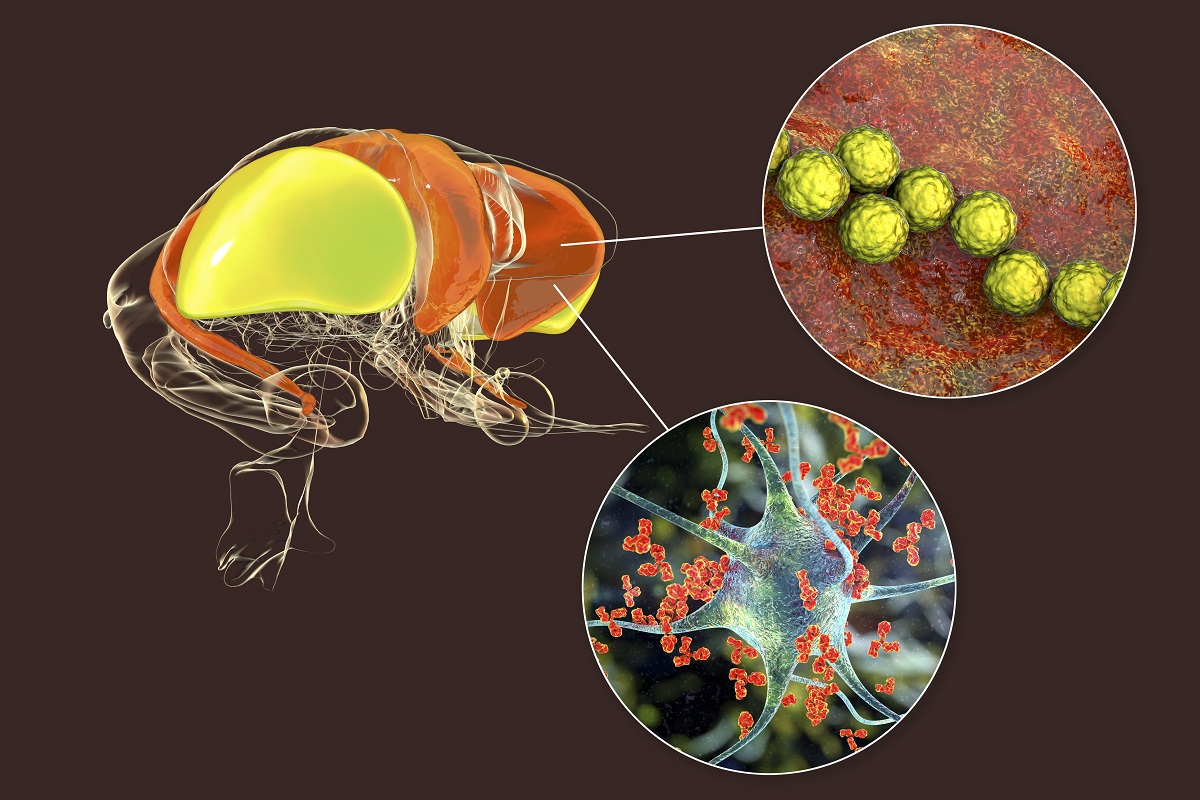KEY TAKEAWAYS
- The study aimed to investigate the impact of OM on HR-QoL during treatment of HNC.
- Severe OM worsened symptoms at weeks 4 and 6 of treatment.
Several studies have explored the dynamics of health-related Quality of Life (HR-QoL) in patients (pts) undergoing treatment for head and neck cancer (HNC). However, there remained insufficient reports on research; specifically addressing the influence of oral mucositis (OM) on HR-QoL during this treatment. The studies offer insights into the fluctuating nature of HR-QoL, OM severity, and other treatment-related adverse effects (AEs).
Charlott Karlsson and the team designed this study to conduct a prospective analysis of HR-QoL, track changes in clinical parameters, and assess how OM specifically impacts HR-QoL throughout HNC treatment.
Researchers enrolled pts before initiating curative cancer treatment and received professional oral care weekly throughout their oncological treatment regimen. HR-QoL assessments were performed using the EORTC Quality of Life questionnaires C30 and H&N35 at several points during the study: before treatment onset, during weeks 2, 4, and 6 of treatment, and 3 months post-treatment. Parallelly, whole salivary secretion rates were measured at these same intervals to gauge salivary function.
OM, characterized by erythema and ulceration, was assessed using the Oral Mucositis Assessment Scale (OMAS) at baseline, weekly during treatment, and after treatment completion.
The difference in HR-QoL across these time points was identified by performing statistical analyses. Pts were categorized into 2 groups based on the severity of OM (no/mild OM with OMAS ulceration score 0-1 vs severe OM with OMAS ulceration score ≥ 2), and HR-QoL comparisons were made between these groups at 3 critical stages during treatment for evaluating the impact of OM on HR-QoL.
The results indicated that of 57 pts (43 men, 14 women) with an average age of 58 years, progressive deterioration in HR-QoL was observed throughout their treatment course. The most pronounced issues were reported at weeks 4 and 6, prominently affecting social eating, sensory perception, appetite, and the presence of sticky saliva. Salivary secretion rates showed a decline during these periods. Pts experiencing severe OM reported significantly poorer HR-QoL compared to those with little or no OM. Persistent challenges identified 3 months post-treatment included appetite loss, dry mouth, sensory impairments (smell and taste), and difficulties with social eating.
The study concluded that pts experienced exacerbated symptoms and problems in weeks 4 and 6 of HNC treatment, especially among those with severe OM, stressing the importance of clinically monitoring the pts to reduce and alleviate their symptoms. Persistent AEs 3- months post-treatment, including appetite loss, dry mouth, and sensory impairments, were linked to reduced salivary secretion rates during treatment, emphasizing the need for ongoing patient monitoring post-treatment.
This study was funded by the TUA Research Funding; The Sahlgrenska Academy at the University of Gothenburg / Region Västra Götaland, Sweden, the Swedish Cancer Society, the FRF-foundation, FUTURUM, and Foundation for Cancer Research in Jönköping.
Source: https://pubmed.ncbi.nlm.nih.gov/38879501/
Karlsson C., Bohm N., Andersson J.S., et al. (2024). “Prospective study on health-related quality of life, oral mucositis and oral health on during treatment of head and neck cancer.” BMC Oral Health. 2024 Jun 15;24(1):697. doi: 10.1186/s12903-024-04466-5. PMID: 38879501.



